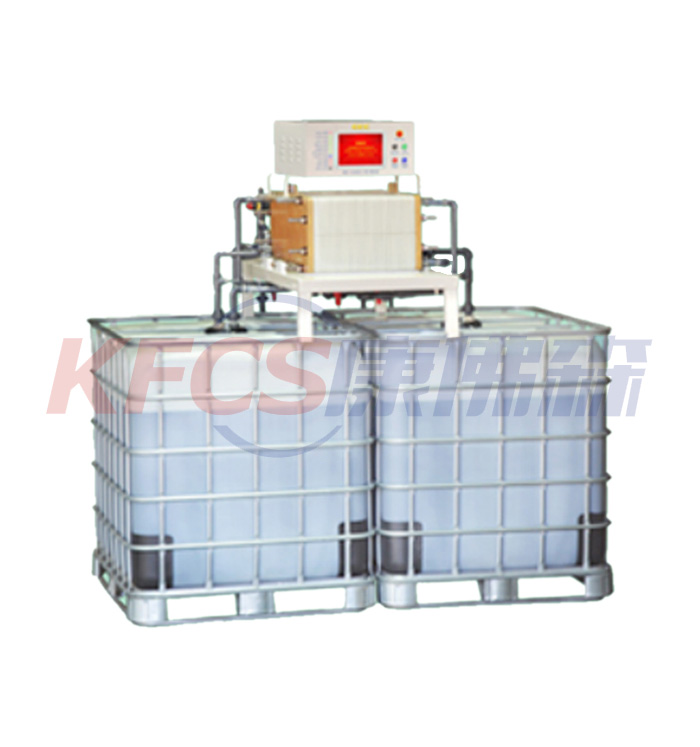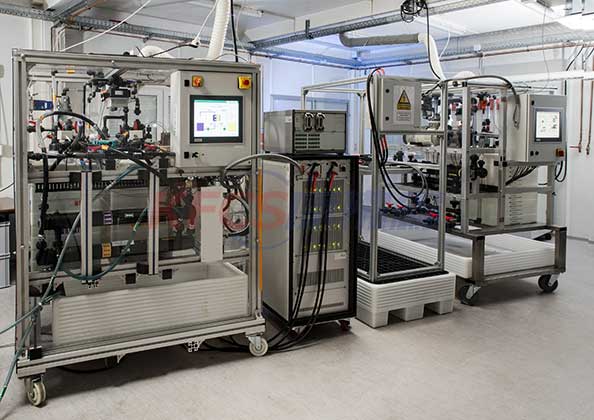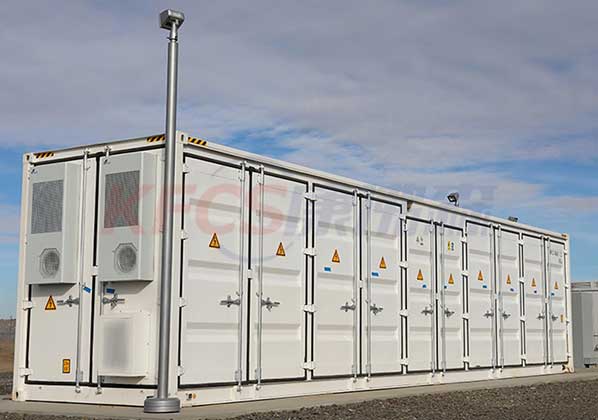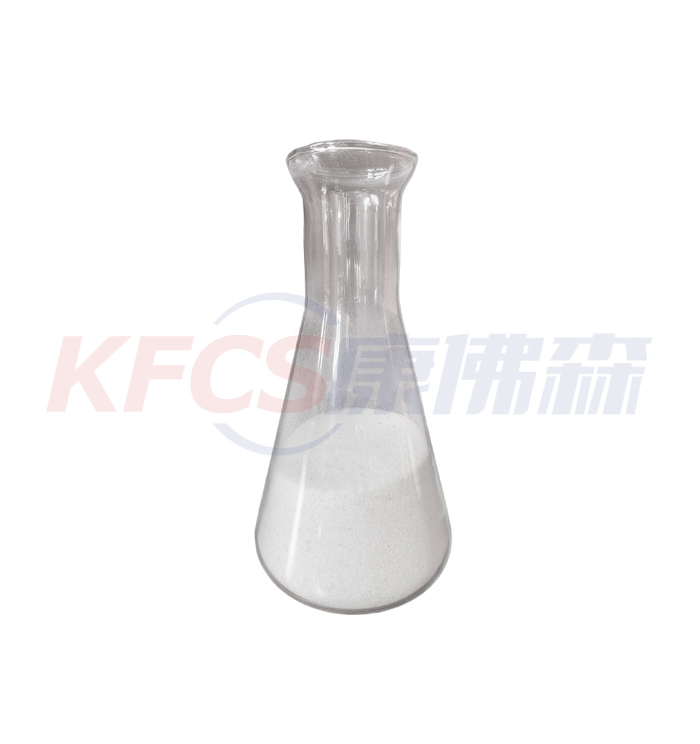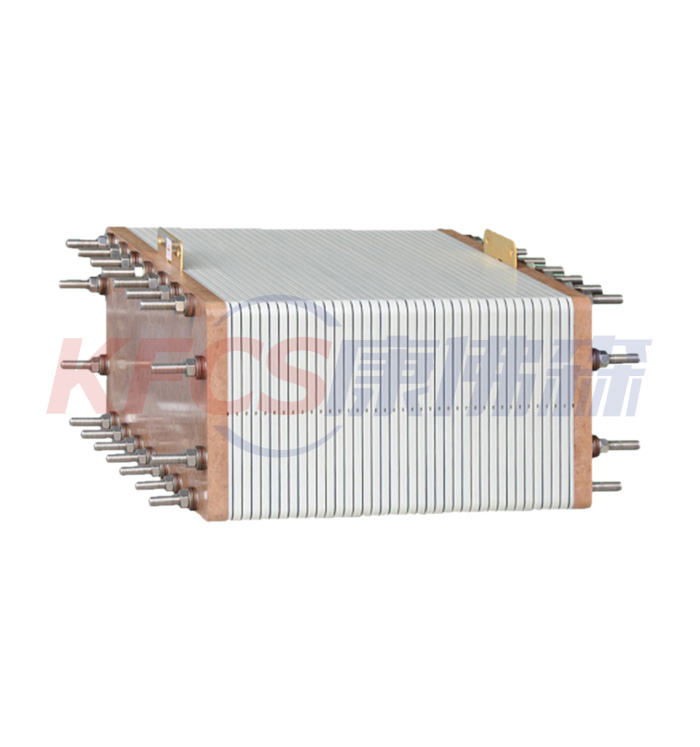Operation and maintenance procedures for box-type transformers in new energy photovoltaic power plants
2022-02-15
Operation and maintenance procedures for box-type transformers in new energy photovoltaic power plants
1. Regulations on the operation of box-type transformers
1. When the transformer pressure releaser generates extreme pressure during operation, the releaser is automatically released. After the pressure of the oil tank is normal, the valve cover of the releaser should be automatically closed. If the releaser is actuated, the valve cover will push up the indicator rod, which must be manually pressed to reset. At this time, when the micro switch is actuated, the wrench must be moved to reset the machine so that the signal will be sent again for the next action. Releaser contacts should act on tripping.
2. When the transformer has the following conditions, it should be stopped immediately.
1) The internal sound is loud and uneven, accompanied by popping and electric shock.
2) The oil temperature exceeds 105 degrees.
3) When the load and cooling device are normal, the temperature rises abnormally quickly.
4) The transformer has serious oil leakage, and the oil level drops sharply.
5) The pressure releaser operates.
6) The casing has serious cracks, damage and discharge.
Second, the box-type transformer operation regulations
1. The box-type transformer is charged from the high-voltage side three-phase, and is not allowed to be charged from the low-voltage side.
2. When the fuse on the high-voltage side of the box-type transformer is blown and replaced, it is necessary to disconnect the switches on each side of the box-type transformer and the main switch of the upper level, and put it into the grounding switch before replacement.
3. To adjust the taps of no-load voltage regulating transformers such as box-type transformers and factory-based transformers, the transformer must be powered off, the switches on both sides and the isolation knife gate (the trolley switch are pulled out), and the taps can be adjusted after taking safety measures. .
4. It is strictly forbidden to operate the load switch when the oil level of the oil-immersed box transformer drops below the lower limit, and the upper-level switch is used for operation.
5. The load switch can break and close the load current under normal circuit conditions, but it cannot be used to switch the fault current, and the breaking current cannot exceed the rated value of the switch.
6. During the operation, if there is any obstruction, the operation should be stopped, and the operation can only be restarted after the inspection is resolved.
7. The operation of the load switch must be carried out with a special insulating operating rod according to the opening and closing indication positions of the switch to ensure personal safety.
3. Inspection content of box-type transformers
1. Whether the box transformer is running normally and whether there is any abnormal sound.
2. Whether the heat sink is in good condition, without damage, oil leakage and corrosion.
3. Whether the grounding is firm and reliable.
4. Whether the body is in good condition, without damage, oil leakage and rust.
5. Whether the lock of the box is in good condition and has no rust.
6. The voltmeter shows whether it is normal and whether the voltage is balanced. Voltage range: U=Un(1±10%).
7. The ammeter shows whether the current is normal and whether the current is balanced.
8. Whether the temperature controller is in good condition and not damaged, and whether the displayed temperature is consistent with the actual temperature.
9. Whether the heating device is in good condition and whether it is in the automatic position.
10. Whether the oil temperature and oil level are normal, the normal oil level should be greater than zero.
11. Whether the oil pressure is within the normal range.
12. Whether the box change monitoring device is in normal operation and whether there is an alarm.
13. Whether the low-voltage switch status indication is normal.
14. Whether the signs are in good condition.
15. Whether the surge protector on the low-voltage side is in good condition.
16. Whether the connection of low-voltage busbar and high-voltage outlet is in good condition.
Fourth, the maintenance content of box-type transformers
Before repairing the transformer, the power must be cut off, and it is strictly forbidden to carry out repairs on the live box.
1. Bushing: keep it clean, wipe the insulator regularly, carefully check whether the bushing is broken, and replace it in time if there is any.
2. Terminal: Check the tightness of the terminal. If it is found to be loose, it must be tightened slowly with a wrench to maintain good contact.
3. Flange: The tightness of the gasket must be checked for the connection. If it is found to be loose, use a torque wrench to tighten the nut of the flange again, and try to be even when tightening.
4. High and low voltage switch room: Regularly check all the operating components inside the high and low voltage switch room of the box. Check that all meters and accessories are working properly. Damaged or faulty components should be repaired or replaced promptly.
5. Transformer oil
1) Under normal operating conditions, no oil sample test is required. If moisture intrusion is found (such as broken insulators, etc.), oil samples must be taken from the oil drain valve for testing.
2) Drain and fill oil
If the oil level indication is lower than the warning oil level line, the box should be filled with oil. Before filling oil, the pressure release valve must be operated to release the possible pressure in the oil tank, open the oil filling plug in the high pressure chamber, and inject the same grade of transformer oil. After filling the oil, tighten the oil filling plug. To drain and sample oil, simply open the oil drain valve. During filling and draining, special care should be taken to avoid entrapment of air bubbles. The time interval between the oil filling and the power transmission of the box transformer should be more than 24 hours to ensure that the air bubbles in the oil escape and drain out of the oil tank before power transmission.
6, box change oil leakage treatment
1) Disconnect the low-voltage side switch of the box transformer.
2) Disconnect the load switch of the box transformer.
3) Disconnect the isolation knife switch of the incoming line on the high voltage side of the box transformer.
4) Hang a group of short-circuit grounding wires on the high-voltage side of the box transformer.
5) Use the oil pump to pump oil at the oil filling port in the high pressure chamber until the oil level is below the oil leakage point.
6) Deal with the oil leakage part.
7) After the treatment is completed, check that there is no oil leakage at the leak point.
8) Inject the same type of transformer oil into the oil filling port until the oil level gauge indicates normal.
9) After the work is completed, check that no tools are missing in the box.
10) After the box has been stationary for 24 hours, deflate the gas at the vent to ensure that there is no gas in the fuel tank.
11) Check that the pressure gauge and oil level gauge are within the normal range.
12) Return the box change to normal operation.
5. Common faults and troubleshooting methods of box-type transformers
1. The temperature of the transformer is abnormally increased
Phenomenon:
Monitoring system "transformer temperature is too high" alarm, the temperature display exceeds the upper limit.
deal with :
1) Check the temperature measuring device and check whether the indication of the thermometer is correct.
2) Check whether the transformer cooling device operates normally.
3) Check the transformer load, if it is caused by overload, adjust the transformer load.
4) If there is no obvious abnormality, strengthen temperature monitoring and take oil samples for inspection.
2. The transformer oil level is abnormal
Phenomenon :
1) The monitoring system alarms for "transformer oil level high" or "transformer oil level low".
2) The indicator gauge of the transformer oil pillow oil level gauge is too high or too low.
deal with :
1) If the oil level and oil temperature of the transformer rise or fall too fast, the power should be cut off immediately for inspection.
2) On-site inspection of the transformer oil level indication is too low, check whether there is oil leakage in all parts of the transformer.
3) When the oil level decreases slowly, the maintenance personnel should be notified to inject oil.
4) On-site inspection When the oil level of the transformer rises abnormally, check the change of the oil color and oil temperature of the transformer.
5) Check that when the oil level of the transformer gradually rises due to the rising temperature, reduce the load of the transformer and observe the oil level of the transformer at the same time.
3. Box-type transformer fire treatment:
1) If it does not trip, immediately open the switch on the high and low voltage sides of the transformer.
2) After confirming that the transformer on fire is not electrified, use fire-fighting equipment to extinguish the fire.
3) Use dry powder fire extinguisher to put out the fire of dry-type transformer.
About News
- Industrial chain of power battery recycling
- All-Vanadium Redox Flow Battery Energy Storage
- 500MW! Sweden's OX2 acquires Greek wind and solar projects
- Manufacture solar cells and glass from 1 billion tons of biomass waste
- Application of Vanadium redox flow battery
- Smart Battery Management System (S-BMS)
- Types of Recycling Lithium-Ion Batteries
- The world's largest 100MW all-vanadium redox flow battery energy storage and peak-shaving power station has entered the single module commissioning stage
- New energy power battery recovery technology
- China's battery industry will express development
Products



